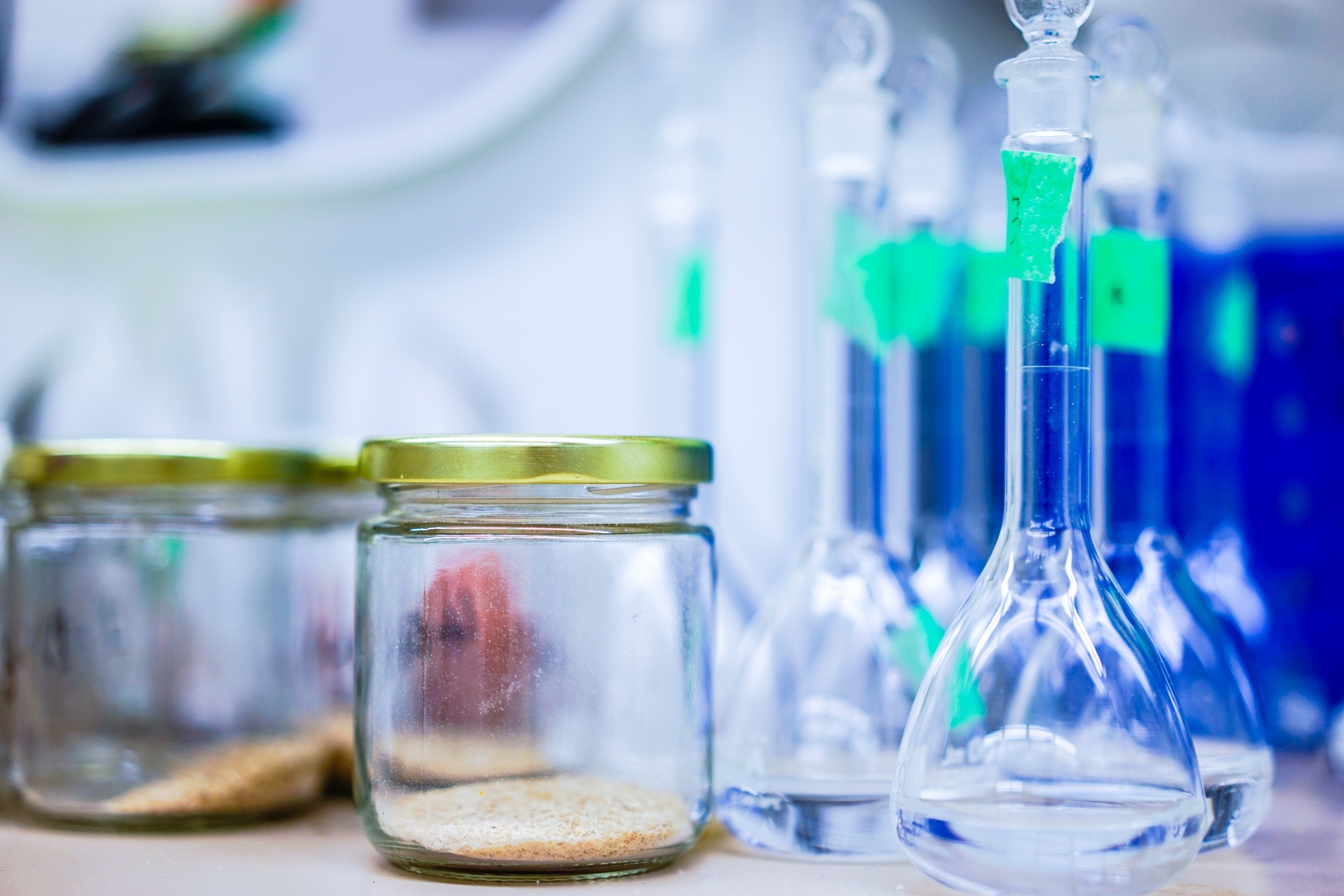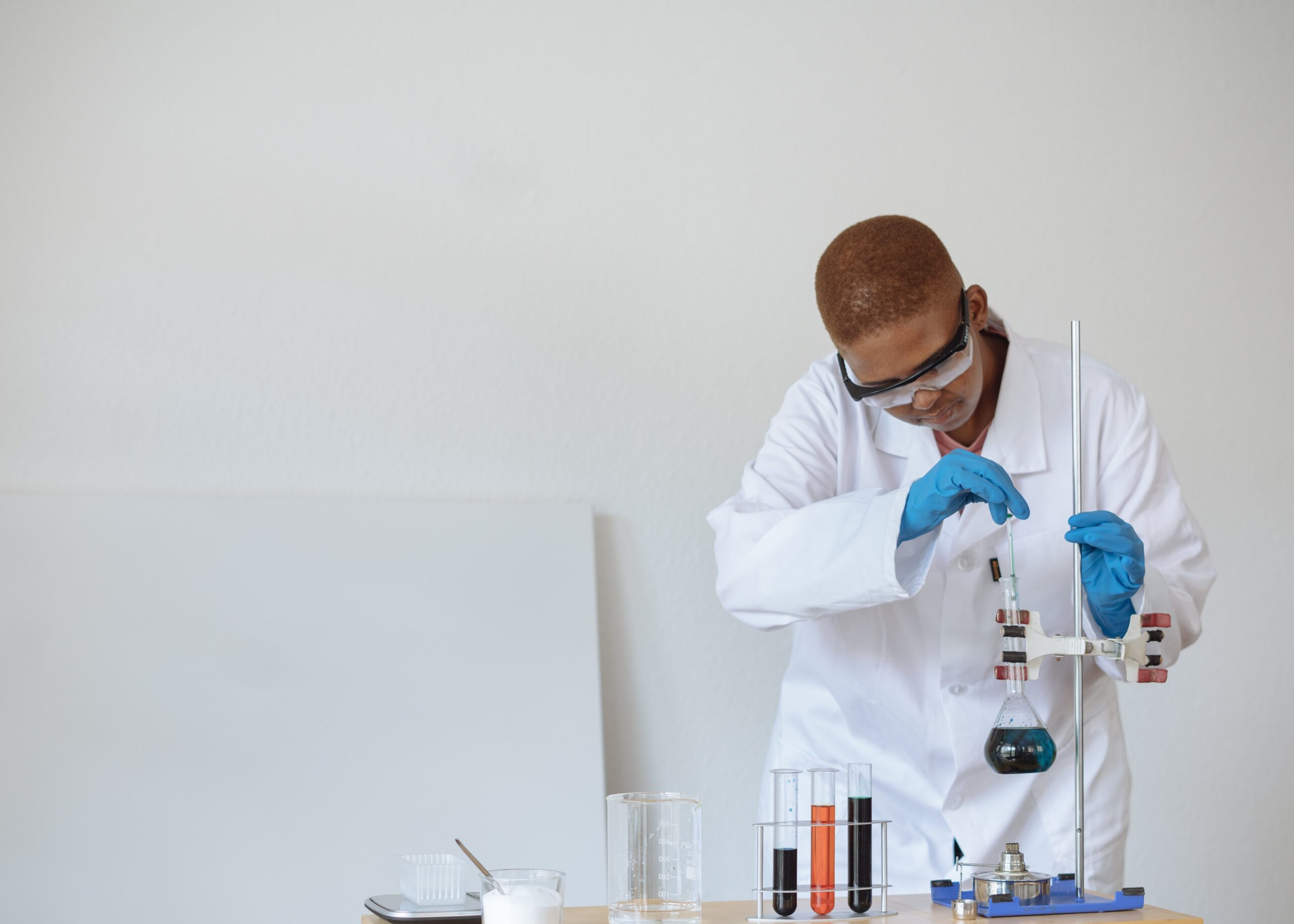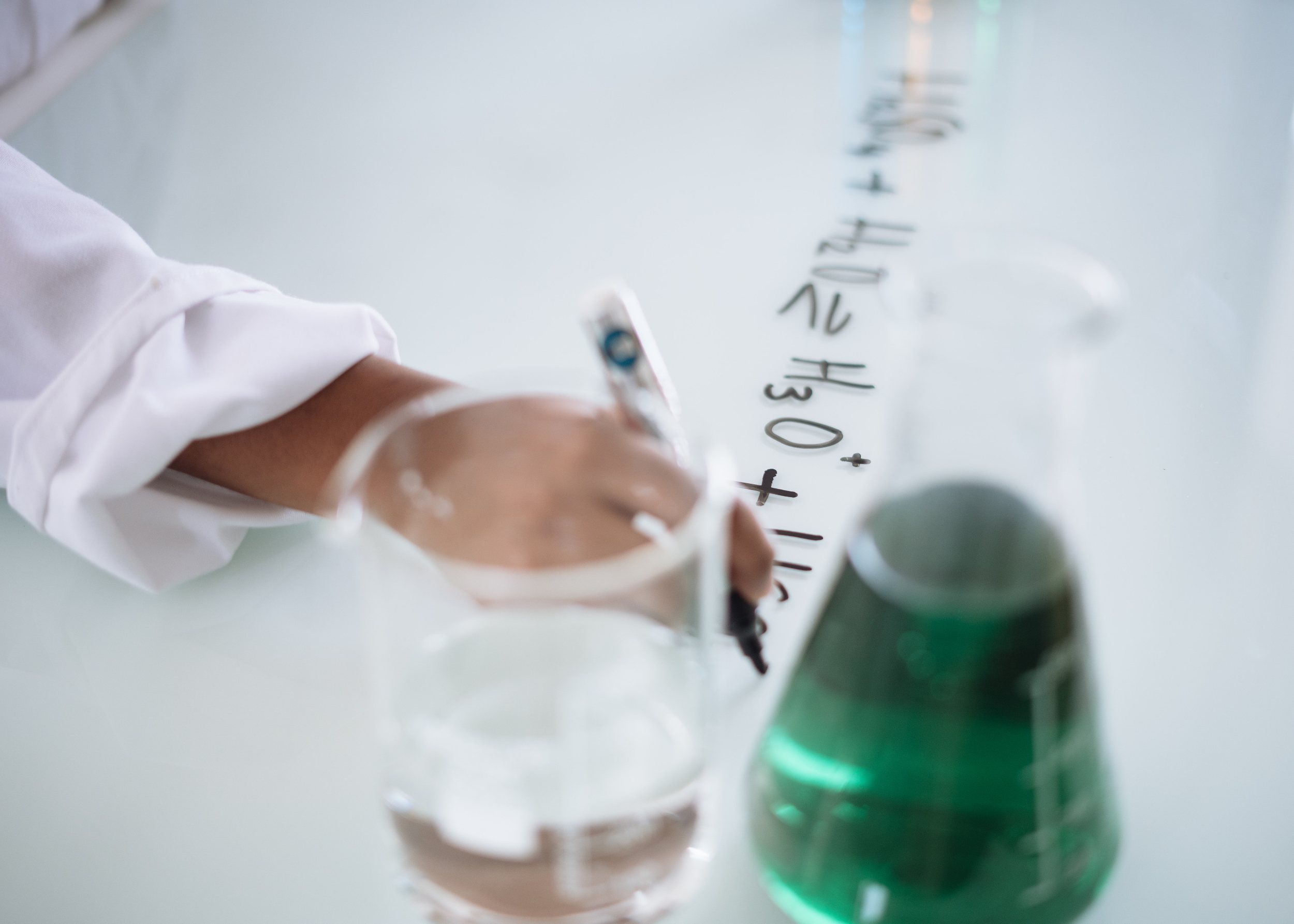Year 12 Chemistry begins with the concepts of open systems and closed systems. This will set us up to better understand static and dynamic equilibrium as well as non equilibrium…
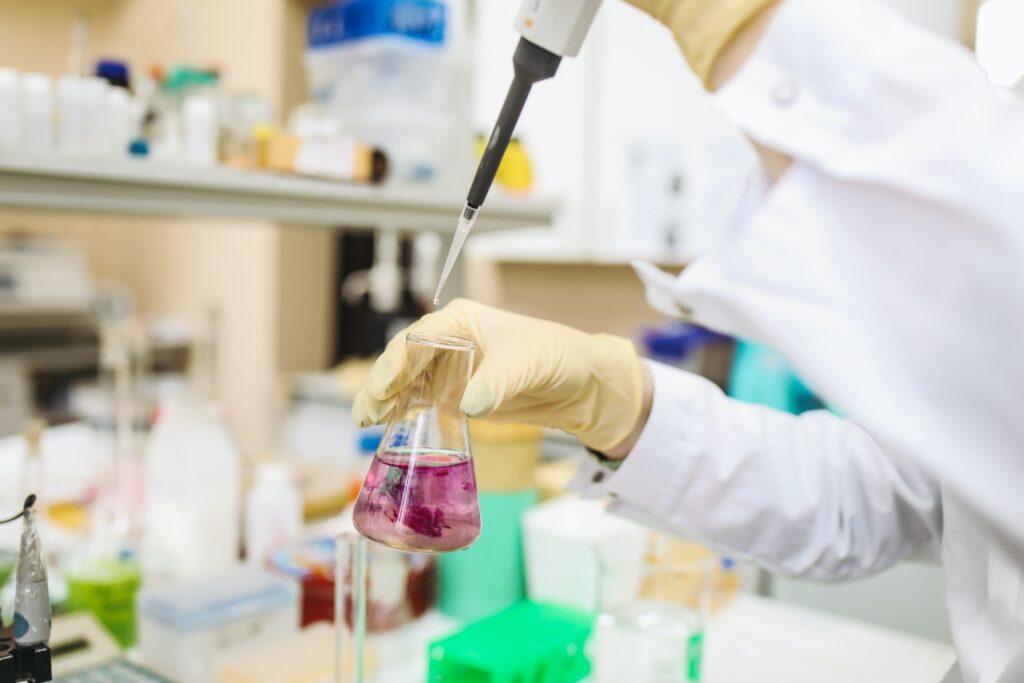
In year 11 Chemistry and the junior years of science you were likely introduced to chemical reactions with the assumption that they would only be happening in one direction. That is that the reactants would become products. Now as we begin year 12 Chemistry, we are introduced to the concept of reversible reactions.
What is a Reversible Reaction?
A reversible reaction is a chemical reaction where we can shift the products to reform the original reactants. As the name implies, the chemical reaction is reversible with reactants becoming product and products able to become reactants.
Reactants → Products
AND
Products → Reactants
It might be helpful to think of how you can freeze water to become ice, or melt ice and it becomes water (although it important to make sure we are clear this is a physical state change, not a chemical reaction).
Denoting Reversible Reactions in Chemical Equations
Chemical reactions are represented by chemical equations. These equations typically have an arrow pointing in one direction → to represent irreversible reactions. Reversible reactions have a bidirectional harpoons ⇌ to show that the reactants can become the products and vice versa. This is not to be confused with the double arrows ↔ used to indicate resonance structures.
Reactants ⇌ Products
Examples of Reversible Reactions
Cobalt chloride is a common visual moisture indicator. In it’s anhydrous state (when it is dry and without water) it is blue. Yet when it is hydrated (with water added) it becomes pink. We can shift the colour by adding or hydrating or dehydrating the mixture.

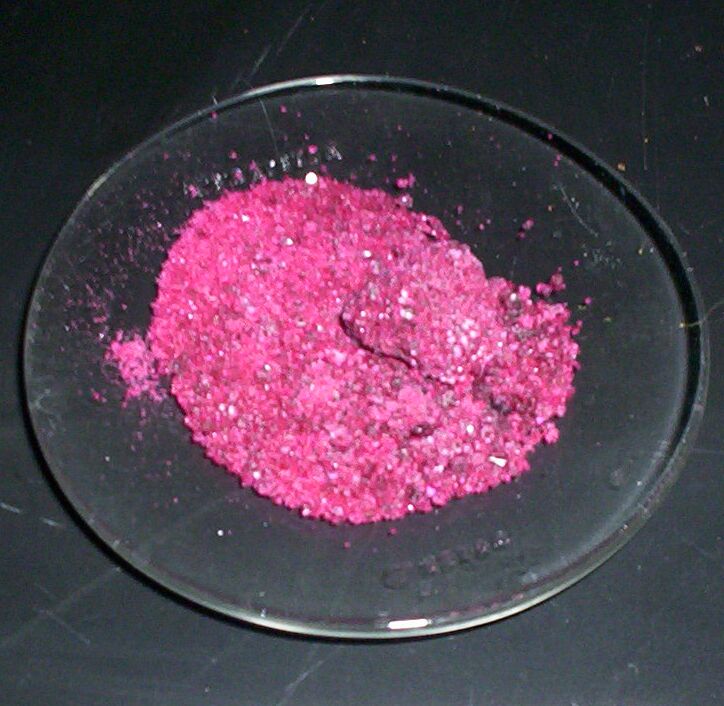
Need Help with Year 12 Chemistry?
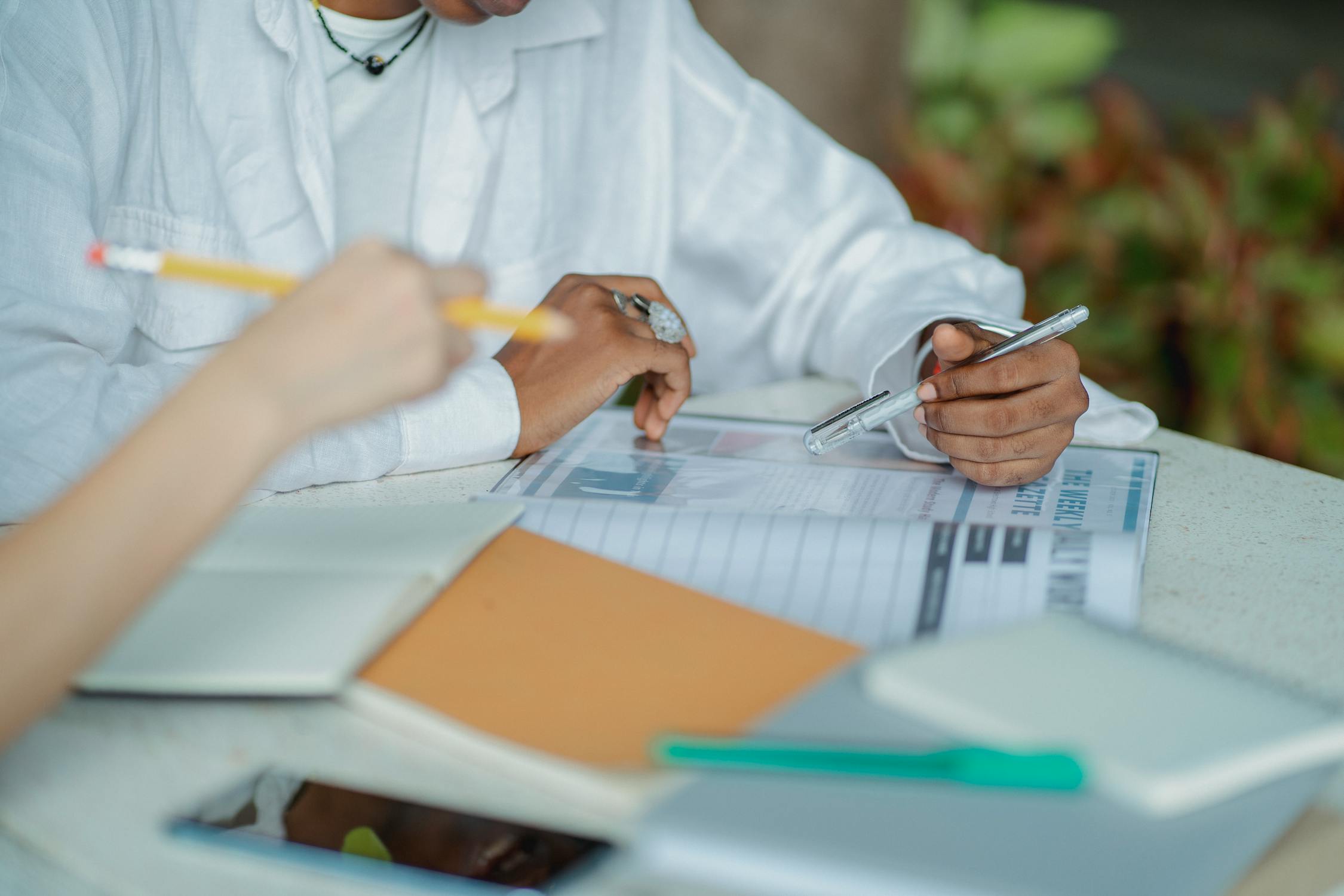
HSC Chemistry Tutor
Master Coaching offers one on one tutoring for HSC Chemistry. We are located in Hurstville, Sydney, and also offer online tutoring to students across NSW.

